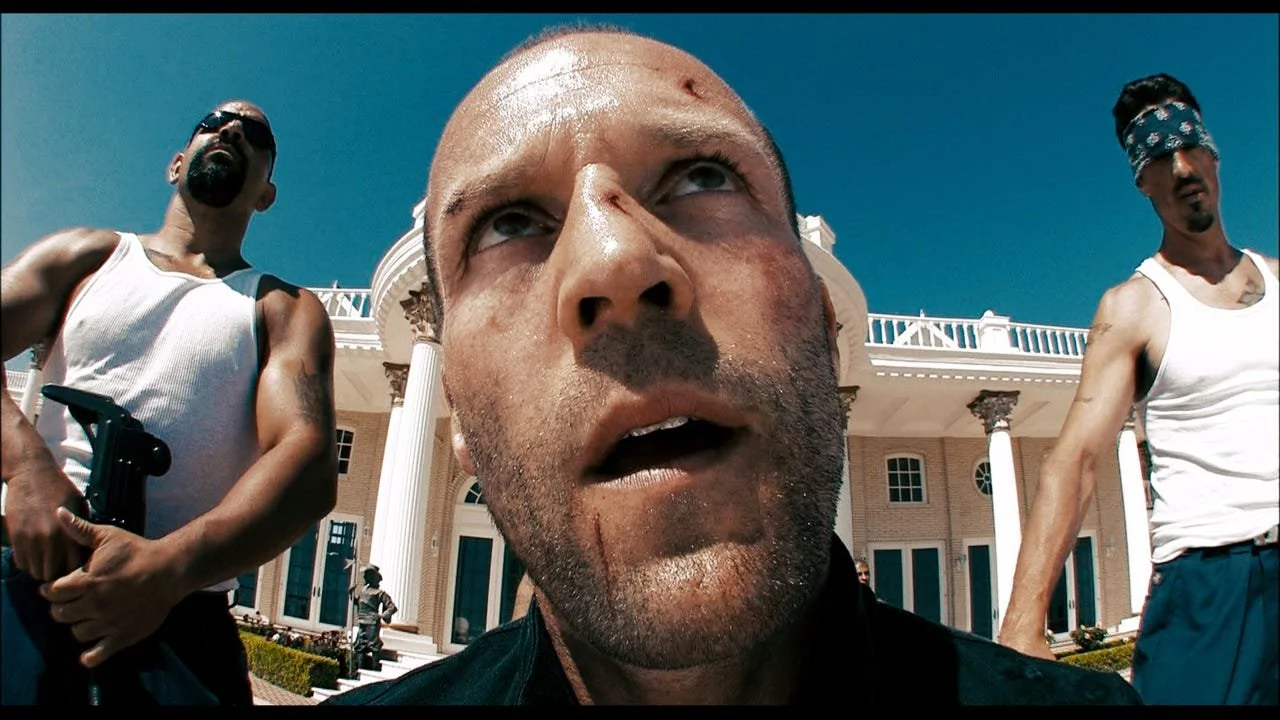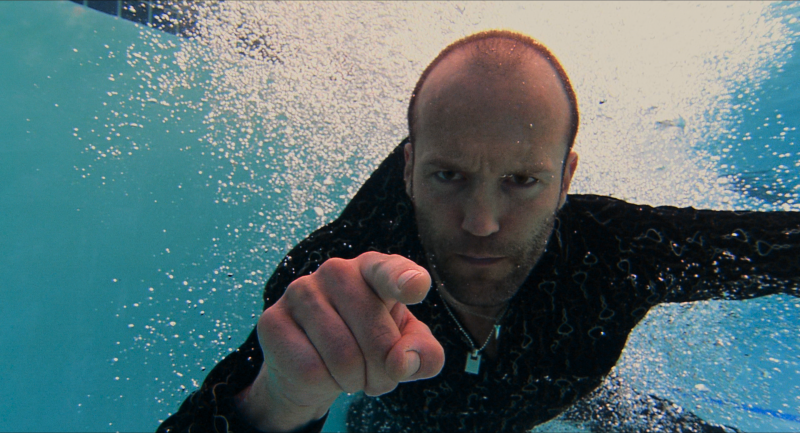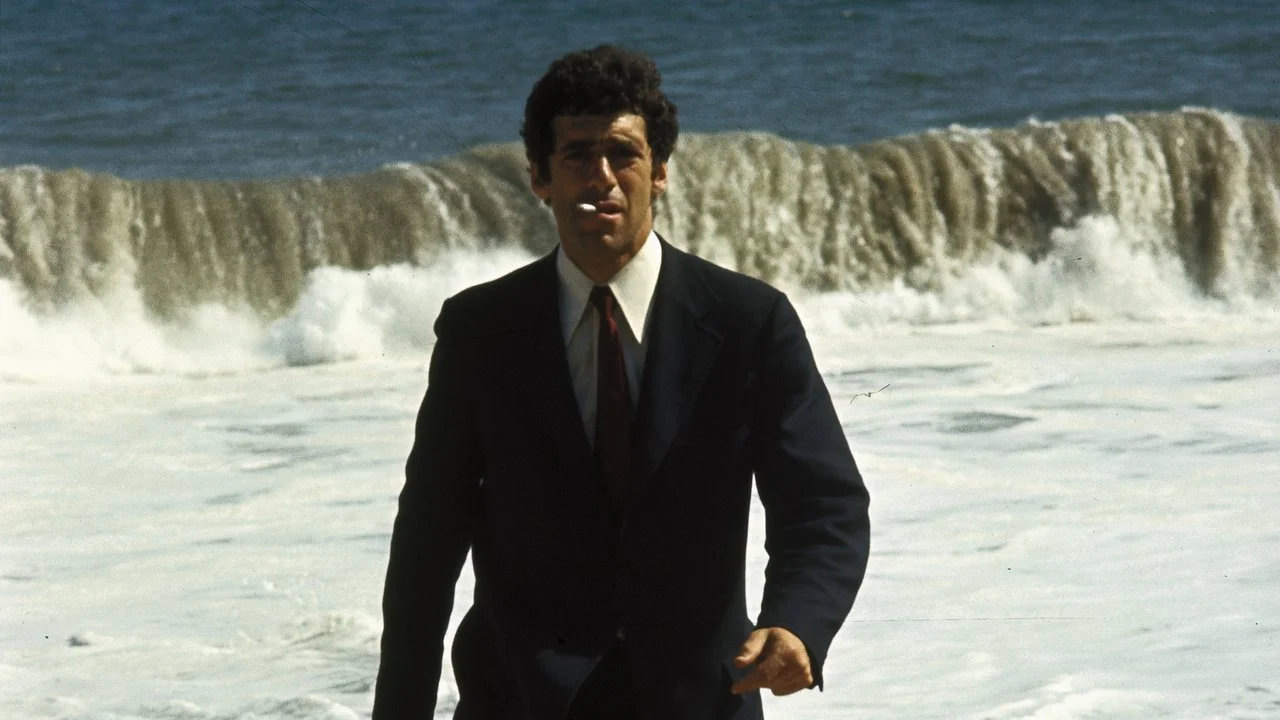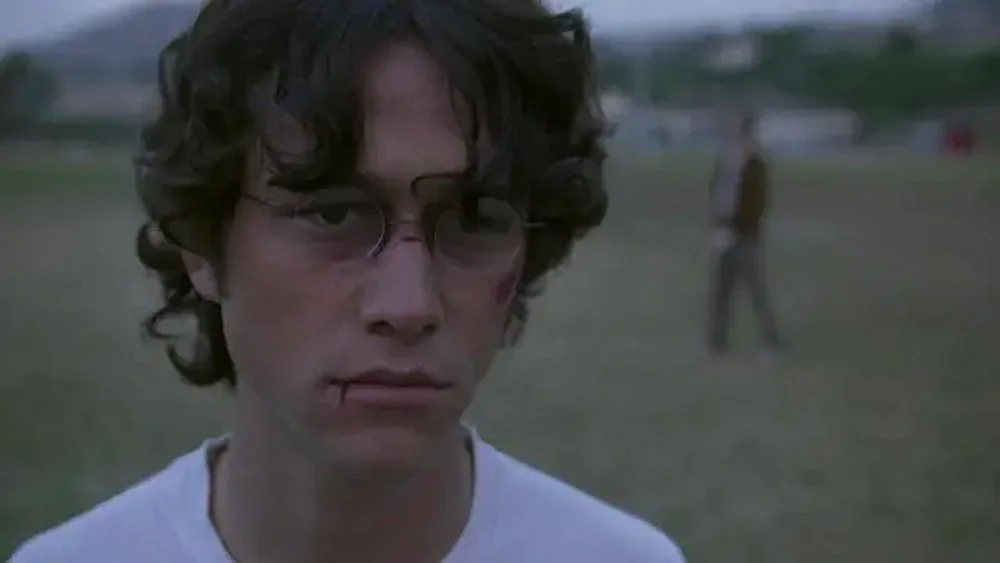Zack Snyder's Justice Lube 2: The Credits
/Credits: 00:30-9:30
I have no idea what the world record is for the longest credit sequence, but at nine whole minutes, ZSJL surely has a claim. Measured out like a time-release lithium drip, it’s the template for the next 3 hours and 50 minutes. You like overlong shots and glacial edits? Have we got a film for you!
The very first image is a streak of electricity lazily traversing a gritty dirt-brown DC logo. A chunk of something crosses the screen - a piece of dirt? a meteor? There’s no scale yet to help us understand what we’re looking at. And then a thing. What is this thing? Seriously: what is it? Is it a piece of pipe? Part of a space ship maybe? The jaw of some monster? Why is the very first shot of this film an incomprehensible shape? Show us a ticking clock attached to a bomb or a newspaper headline, something the mind can hang its jacket on.
Within seconds, the ambiguity clears up as the camera rotates around a frozen moment: an out-of-focus Superman impaled on a pipe (it was a pipe!) with an out-of-focus Doomsday impaled on a Kryptonite-tipped spear. There’s a nice bit of symmetry there. Eventually Superman comes into focus, dying and screaming out in pain. His cries radiate outward in a visible shock wave. The title “Warner Bros. Pictures Presents” comes up. The entire sequence takes 30 seconds.
Snyder’s love of frozen moments and shallow focus, along with his fondness for softly lit tableaux of handsome titans, makes me think that he isn’t so much a filmmaker as he is a still photographer who ended up shooting video. Story, motion, arcs - it’s all material that he needs to deal with to get the next cool image, the next moment. One day he’s going to release a version of Justice League as a series of Viewmaster reels.
Lois Lane, Wonder Woman and Batman look on. For people who have seen Batman v Superman, this moment will register immediately. For anyone else, good luck - you’re thrown into the middle of a scene from a movie you haven’t watched. But the chances are good that if you’re watching this movie, you’ve seen every one of Snyder’s previous works.
The sound waves travel outward, somehow not losing their power as they go. The wave strikes a man in a grey hoodie sitting at a table. He turns, exposing a cybernetic eye. It’s Cyborg! Hey Cyborg. The title “Zack Snyder’s Justice League” comes up. A sickly light shines from his closet. A strange alien box jitters and glows for a moment before abruptly going dark. Uh oh.
The death cry moves on, over Superman’s memorial. Lex Luthor, waist deep in a Kryptonian plasma pool, is watching an alien PowerPoint presentation or Zoom call of Steppenwolf showing him three boxes. Wait, we just saw a box. Will we see two more boxes before these credits are over? I’ll tell you what we don’t see: any further indication that Luthor is involved with Steppenwolf or the mysterious boxes. In fact, we don’t see him until the last few minutes of the movie. Guess that’s all for a sequel.
The death cries dip underwater and reach Atlantis. A second box is perched on a stone column. A few Atlanteans surround it, because box guarding is presumably their steady gig. The sound wave hits the box and it begins to tremble. Amber Heard, who is there, looks concerned. We’ll check in with you later, Atlantis.
From there it’s on to Themyscira, the island of the Amazons. In a squat, rounded building at the edge of a cliff, dozens of warriors surround yet another box on a plinth. How long have they been there? Like the Atlanteans, is surrounding a box with weapons drawn just part of Amazonian shift work? Did they get news of Superman’s death and intuit that their box might react?
I did a quick bit of math to estimate how long an undecaying sound wave would take to get from Metropolis, assuming it’s a stand-in for NYC to Themyscira, again assuming it’s somewhere around the Aegean Sea. The distance is approximately 4900 miles. At a constant rate of 4.7 miles per second Superman’s death rattle would hit the third box in around 17 hours. It’s possible they’ve been keeping an eye on the box for the last day and a half.
At any rate, their box doesn’t just rattle. It cracks. “Alert the Queen!” intones one of the Amazons. They’re going to do a lot of intoning in this movie.
We’re done with the boxes. So we’re done with the credits now, yes? Ha ha, no. We’re only halfway there.
The scene shifts to a shot of a kettle on a campfire. A man and a horse are crossing an icy mountain pass. Cruel spires and crevasses of ice unfurl endlessly. The man eventually reaches a stone outcropping high above a seaside hamlet. He removes his hood and goggles for our benefit. Holy moly, it’s Bruce Wayne. He has a light furze of beard, so we’ve moved forward in time by an unspecified amount. Wayne comes down to the village, where a bunch of white people are standing around outside in a small crowd. Have they come out to greet him? Are these villagers, like the Atlanteans and Amazons, prone to standing around? He passes through them, heading towards a squat white building with a stylized arch in the manner of a whale’s jaw, or an “A”. “Directed by Zack Snyder” appears.
The screen cuts to black. Credits are done! Finally.
Despite the absurd length and slow pace, there’s some heavy narrative lifting going on. It establishes that Superman’s death has immediate consequences. The weird boxes that no one likes are doing things. Everything that happens from this point onward is contingent on his absence.
Compare and contrast: back in 2017, I was certain the credit sequence in the theatrical release was Snyder’s work. It had everything a Snyder fan would expect: a Leonard Cohen cover, mournful shots of grieving people, a slow-motion sequence of a random thug terrorizing a family of bodega owners, and policemen in uniform subduing said thug. Lois Lane and Martha Kent appear, dealing with grief. The focus is still on Superman’s death, but it focuses on a society mourning his loss and the two most important people in Clark Kent’s life. ZSJL is focused on the cosmic scale of the unfolding drama; this one is more interested in humanity. It’s pouring Whedon ore into a Snyder mold.










